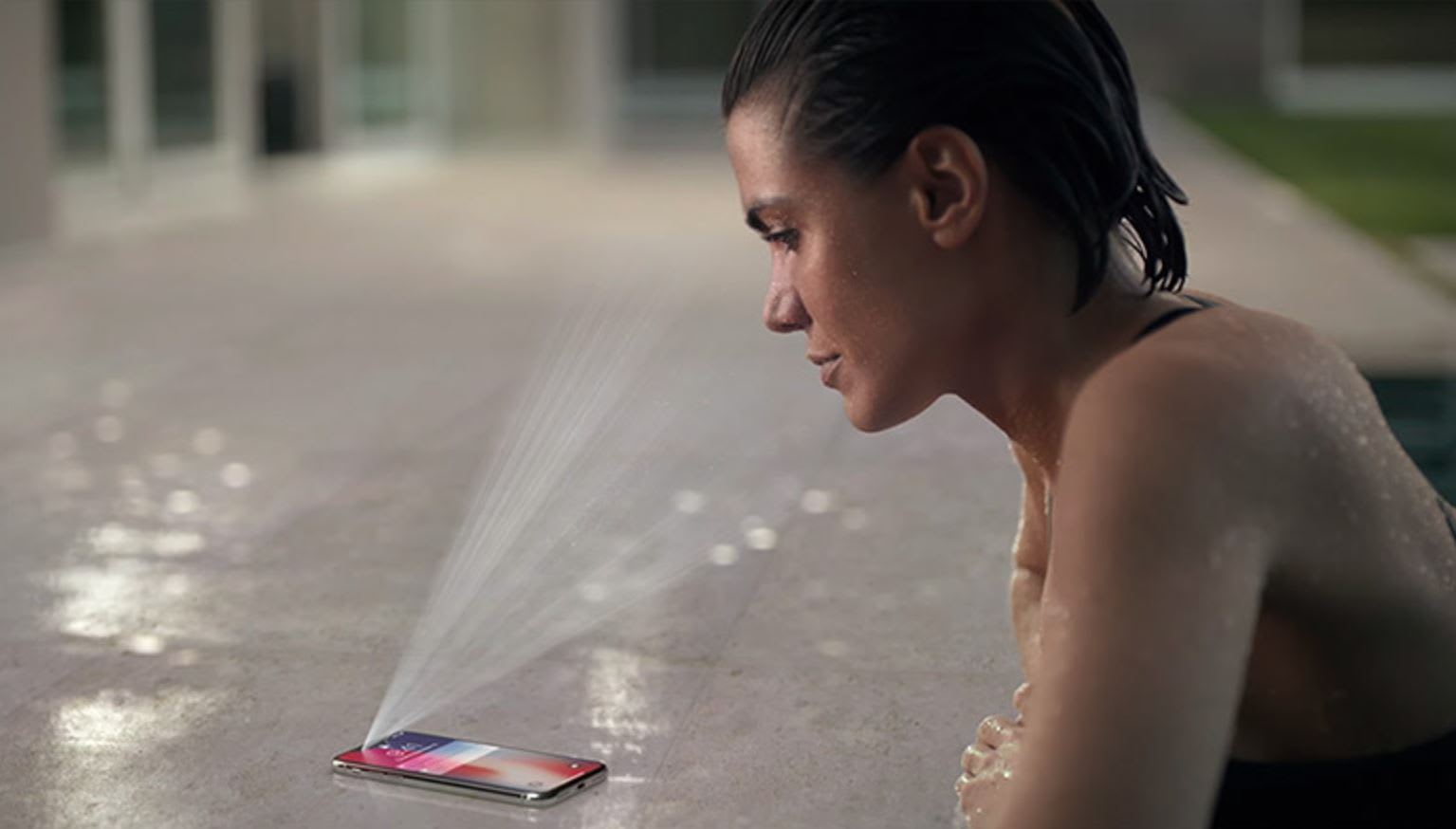نيويورك، الولايات المتحدة الأمريكية (CNN)-- يمكن فتح هاتف "iPhone X" الجديد عبر "التعرّف على الوجه". ولكن ما مدى أمن هذه التكنولوجيا؟
أعلنت "آبل" أن إحدى مميزات هاتفها الذي أصدرته بالذكرى العاشرة لإطلاق أول نسخة من الآيفون هي خاصية "التعرف على الوجه"، وقالت الشركة إن "تكنولوجيا التعلم الآلي لميزة ’Face ID‘ تسمح بالتكيف مع التغيرات في مظهرك مع مرور الوقت."
وقال فيل سشيلر، نائب رئيس التسويق في شركة آبل، في إحدى فعاليات إطلاق الأجهزة الجديدة الثلاثاء، إن احتمال فتح شخص آخر الآيفون الخاص بك باستخدام "Face ID" يقدر بواحد لكل مليون. في حين أن هناك احتمال واحد لكل 50 ألف أن يُفتح الهاتف عن طريق الخطأ باستخدام تقنية "التعرف على البصمة". ولم تكشف آبل عن مصدر هذه الأرقام.
وإليك كيفية عمل "Face ID": الكاميرات الأمامية وأجهزة الاستشعار تُعِد خريطة لوجهك لتحديد ما إذا كنت في الواقع صاحب الهاتف. التكنولوجيا تتعرف أكثر على وجهك في كل مرة يتم استخدامها. على سبيل المثال، ستتعرف عليك حتى إن أصبح لديك لحية أو وضعت نظارات. كما ستعمل أيضاً في الظلام.
وفي حين أن تقنية التعرف على البيانات البيومترية، مثل التعرّف على الوجه وأجهزة استشعار بصمات الأصابع، يمكن أن تُسهّل فتح الهاتف عوضاً عن إدخال الرقم السري، فإنها في الوقت ذاته تثير أسئلة مهمة حول الخصوصية والأمن، مثل كيفية تخزين هذه البيانات وما إذا كان يمكن خداع هذه التكنولوجيا.
وقالت آبل إن بيانات الوجه محمية في "جيوب مُحكمة" لضمان أمنها. وتتم معالجة هذه البيانات بالكامل عبر الجهاز وليس في "السحابة" (حيث تُخزن البيانات عبر الإنترنت) في محاولة لحماية خصوصية المستخدم. كما يتم تشفير بيانات "بصمة الوجه" أيضاً وتخزينها بشكل آمن. ورفضت آبل تقديم المزيد من التفاصيل.
تتطلب تقنية "Face ID" أيضاً انتباه الشخص، لذلك يجب أن تكون أعين المستخدمين مفتوحة، وأن تتجه بأنظارها إلى الجهاز لتعمل التقنية. وهذا يمكن، على سبيل المثال، أن يمنع شخصاً ما من فتح الجهاز باستخدام وجهك عندما تكون نائماً.
وتقول آبل أيضاً إن تقنية "Face ID" صُممت لمنع محاولات فتح الجهاز باستخدام صورة أو قناع. وحدث فعلاً أن انخدعت تقنية التعرف على الوجه في الماضي باستخدام صورة، مثلما حدث مع هاتف "سامسونغ غالاكسي نوت 8".
وفي حين لن نعرف ما إذا كان سينخدع "iPhone X" بهذه الطريقة، حتى يتم شحن الهواتف إلى المتاجر في نوفمبر/ تشرين الثاني المقبل، يعتقد الخبراء أن تكنولوجيا "Face ID" ستكون صعبة الاختراق مقارنة بالأنظمة الأخرى.
وقال بريان براكين، الرئيس التنفيذي لشركة تكنولوجيا التعرف على الوجه "كايروس"، لـCNN Tech: "إن (تقنية Face ID) تتجاوز بمراحل نظيرتها في غالاكسي نوت، رغم أنه بالتأكيد توجد طرق للالتفاف حولها أو خداعها."
ومازح المسؤول بشركة آبل الحضور خلال عرض التقنية الجديدة بالقول إنه يجب على المستخدم أن يستعمل الرقم السري إن كان لديه توأم شرير. ولكن ماذا سيحدث فعلاً إن كان لديك توأم متطابق؟
يقول براكين: "تقنية Face ID على الأرجح لن تنخدع باستخدام صورة ثنائية الأبعاد أو قناع، ولكن على الأرجح قد تنخدع بشخص يشبه المستخدم، مثل أحد أفراد الأسرة أو توأم."
وأشار المسؤول بشركة آبل إلى أن إحصاءات دقة "Face ID" هي أقل إذا كان هناك شخص ما يُشاركك علاقة جينية قوية، وهو ما أيّده الرئيس التنفيذي لشركة تكنولوجيا التعرف على الوجه "كايروس".
ومع ذلك، فإن فرانسيس زيلازني، نائب الرئيس التنفيذي لشركة "BioCatch" العالمية للأمن السيبراني، تقول إن تكنولوجيا التعرف على البيانات البيومترية "قطعت شوطاً طويلاً" في التمكن من تحديد الفرق بين التوائم المتطابقة، وإنها لا ترى ذلك كمصدر للقلق.
ويمكن للمستخدم أيضاً استعمال "Face ID" عند الدفع عبر "Apple Pay"، خدمة الدفع عبر الهاتف المتحرك الخاصة بآبل.
وقال مات شولز، كبير محللي قطاع خدمات الدفع الإلكتروني في موقع "CreditCards.com": "إذا أثبتت أداة التعرف على الوجه التي قدمتها آبل أنها معيبة إلى حد كبير، فإن ذلك يمكن أن يُضر حقاً آمال آبل بتوسيع نطاق عمل خدمة Apple Pay.. الناس ببساطة لن تستخدم أداة للدفع إذا كانوا يعتقدون أنها غير آمنة."
وأضاف أن تقديم هذه التقنية وربطها بخدمة الدفع "خطوة عالية المخاطر" لشركة آبل في أعقاب اختراق "Equifax" الأخير، والذي تسبب في الكشف عن معلومات شخصية خاصة بـ143 مليون أمريكي تقريباً، بيانات مثل أرقام الضمان الاجتماعي والعناوين.
